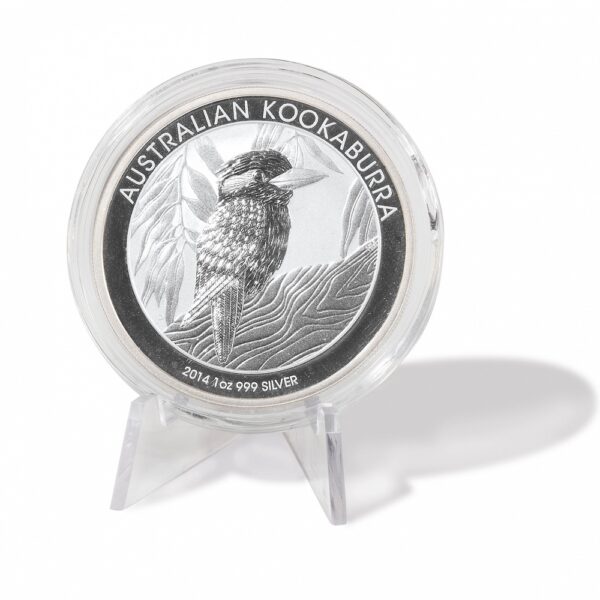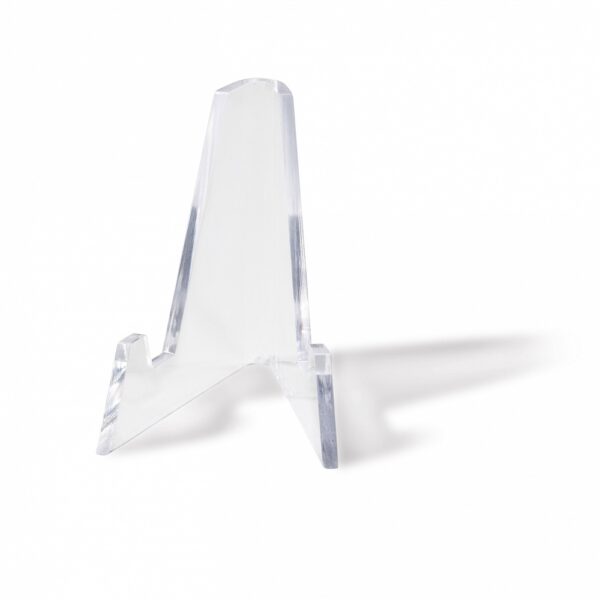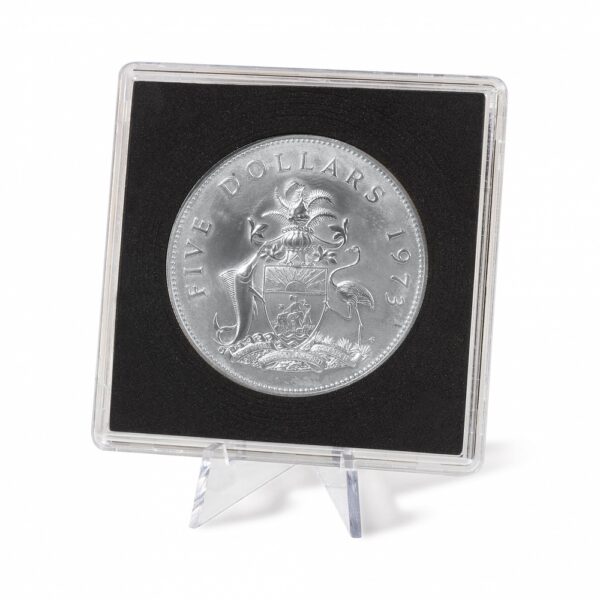€2,58
Triangle stand made of highly transparent plastic for coins, medals, capsules etc. Size: 38 mm high, 29 mm wide.
In stock
CLEANING BATH FOR ALL COINS
This cleaning bath can be used to remove dirt from all types of coins. It is especially suitable for cleaning Euro coins and other coins containing different metals or alloys. This bath does not remove oxidation and it will not chemically alter the coins’ metal. Instructions for use: Dip coins (several maybe dipped at once) for 10 to 15 minutes depending on how soiled they are. Stubborn dirt should be gently removed with a soft brush (toothbrush with natural bristles), before dipping again. After dipping, rinse thoroughly with clean water and dry carefully with a soft, clean cloth – do not rub.
Keep out of reach of children.
Contains, according to Regulation (EC) 648/2004: < 5% anionic surfactants, LINALOOL, HEXYL CINNAMAL, BUTYLPHENYL METHYLPROPIONAL, scents.
Magnifier in size and shape of a credit card.
Incl. protective plastic pocket.


